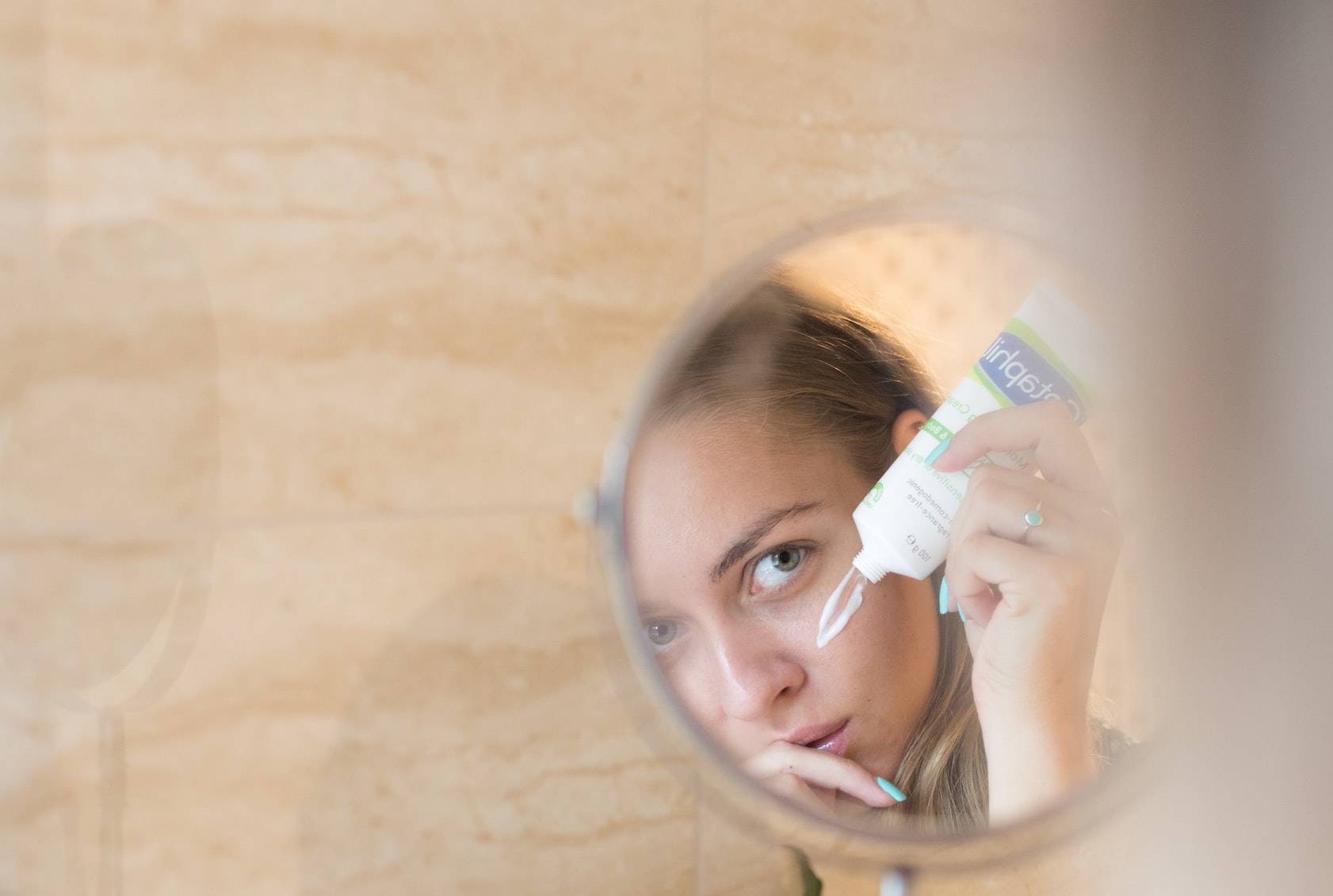On February 15, 2023, the European Commission sent a letter of formal notice to France raising concerns about the compatibility of the French requirements for the display of the Triman logo and the waste sorting instructions on products with the basic Single Market principles of free movement of goods, laid down in Art. 34 to 36 of the Treaty on the Functioning of the European Union.
The provision of waste sorting instructions to consumers is currently not governed by harmonised EU rules. In this context, the imposition of national-specific labelling requirements risks undermining the principle of free movement of goods and can lead to counterproductive environmental effects. Such measures can also lead to increased material needs for additional labelling and additional waste produced due to larger than necessary sizes of the packaging.
Furthermore, the European Commission considers that the French authorities do not seem to have conducted a sufficient analysis of the proportionality of their policy choice as other suitable options, less restrictive of trade between Member States, are available. France is also in breach of the notification obligations under the Single Market Transparency Directive EU 2015/1535 to the extent that the law was not notified to the European Commission at a draft stage, prior to adoption.
This letter of formal notice is the first step to initiate a formal infringement procedure. France has two months to address the concerns raised by the European Commission.
References:






